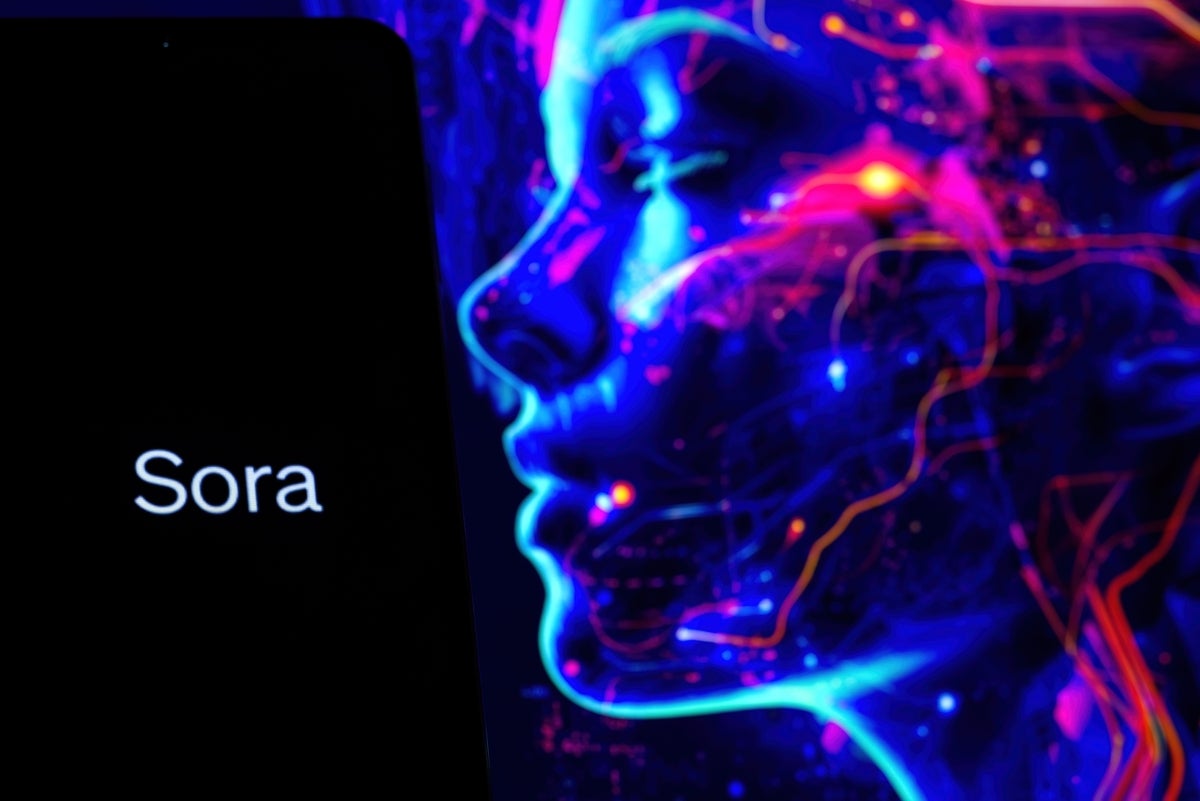OpenAI recently introduced a new feature for its generative AI (genAI) platform that can create videos using a text input, complete with realistic actors and moving elements.
The new genAI model, Sora, has a text-to-video function that can produce complex, lifelike scenes with multiple characters, specific motion, and accurate details of the subject and background while maintaining visual quality and adhering to the user’s prompt.
Sora not only understands the user’s prompt but also how those things exist in the physical world.
This technology translates written descriptions into video content, leveraging AI models that understand textual input and generate corresponding visual and auditory elements, according to Bernard Marr, a technology futurist and business and technology consultant.
While not a new capability for AI engines offered by other providers, Sora’s impact is expected to be profound, according to Marr.
Google’s Lumiere off-the-shelf text-based image editing methods can be used for video editing.
Like any advanced genAI technology, Sora’s impact will help reshape content creation, enhancing storytelling and democratizing video production.
“Text-to-video capabilities hold immense potential across diverse fields such as education, where they can create immersive learning materials; marketing, for generating engaging content; and entertainment, for rapid prototyping and storytelling,” Marr said.
However, Marr warned, the ability for AI models to translate textual descriptions into full-fledged videos also underscores the need for rigorous ethical considerations and safeguards against misuse.
“The emergence of text-to-video technology introduces complex issues regarding copyright infringement, particularly as it becomes capable of generating content that might closely mirror copyrighted works,” Marr said. “The legal landscape in this area is currently being navigated through several ongoing lawsuits, making it premature to definitively state how copyright concerns will be resolved.”
Potentially more concerning is the ability of the technology to produce highly convincing deepfakes, raising serious ethical and privacy issues, underscoring the need for close scrutiny and regulation, Marr said.
Dan Faggella, a founder and lead researcher of Emerj Artificial Intelligence, did a presentation about deep fakes at United Nations five years ago. At the time, he emphasized that regardless of warnings about deep fakes, “people will want to believe what they want to believe.”
There is, however, a bigger consideration: soon, people will be able to live in genAI worlds where they strap on a headset and tell an AI model to…
2024-02-24 09:00:03
Source from www.computerworld.com
